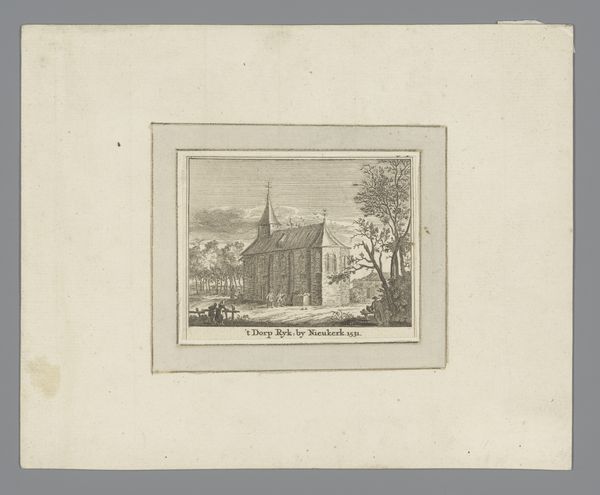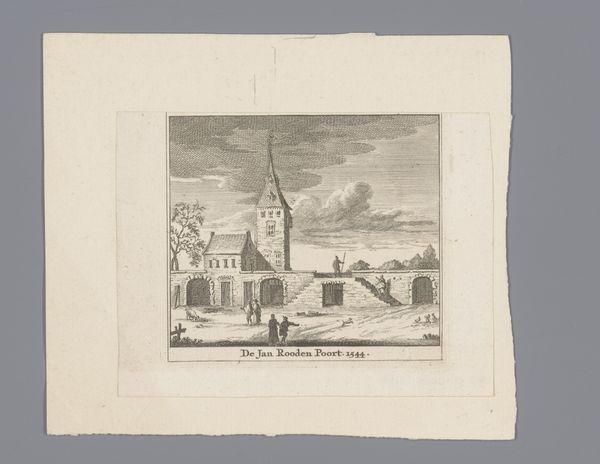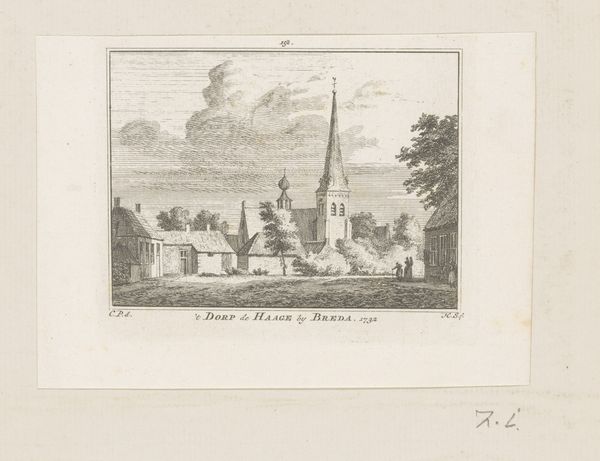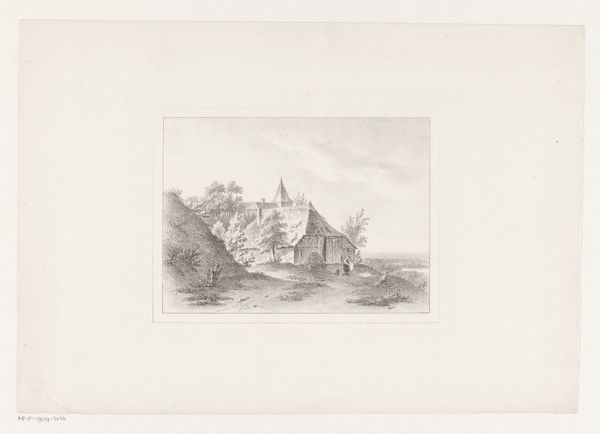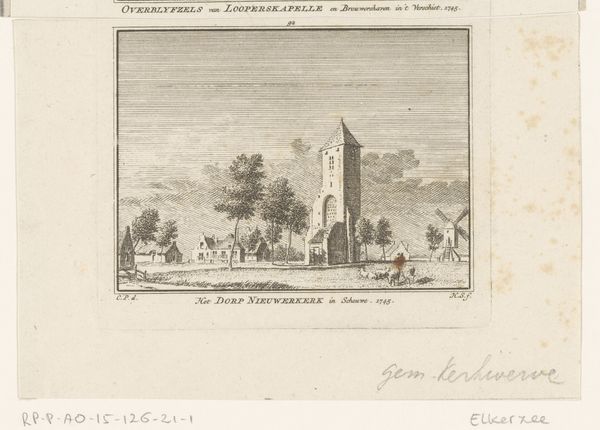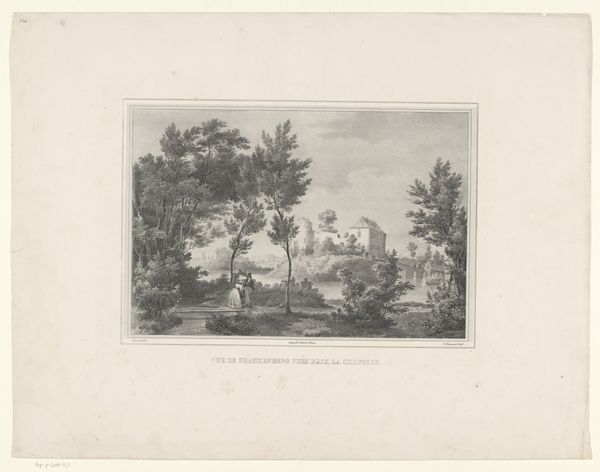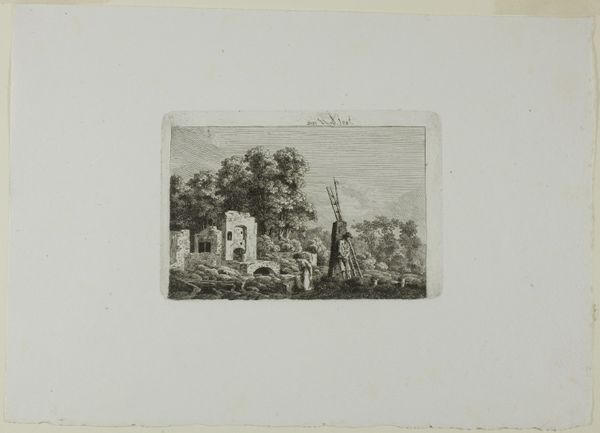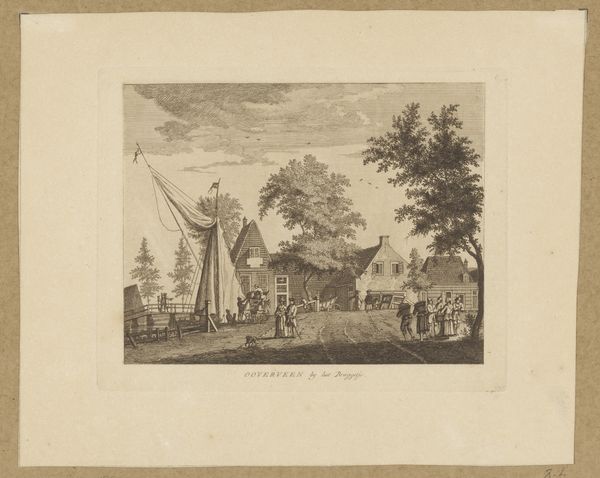
print, engraving
#
dutch-golden-age
# print
#
old engraving style
#
landscape
#
geometric
#
line
#
cityscape
#
academic-art
#
engraving
Dimensions: height 152 mm, width 214 mm
Copyright: Rijks Museum: Open Domain
Editor: Here we have "Gezicht op de Wittevrouwenpoort te Utrecht," or "View of the Wittevrouwenpoort in Utrecht," a print from after 1756 by an anonymous artist. The fineness of the lines in the engraving creates a captivating scene; how do you interpret the structural composition of this cityscape? Curator: The piece compels observation of geometric progressions; the receding planes are constructed by gradations in line density, providing a compelling structure within the traditional landscape genre. Note the placement of the gate relative to the church spire, and observe how lines create texture, establishing a relationship between objects. Editor: It's fascinating how the varying lines suggest depth and form without relying on color. Are there specific techniques used here that are characteristic of engravings? Curator: Consider the intentional use of hatching and cross-hatching. Observe the artist's disciplined use of line to simulate light and shadow, giving form to the buildings, sky and trees, constructing space through controlled visual increments. Editor: So, it's the conscious arrangement of these formal elements—the lines, the light, the shadow—that speaks to its artistic merit. How does the technical rigor in the engraving influence the artwork? Curator: Indeed. The meticulous rendering is the primary source for both the subject matter and for any art-historical interpretation one might derive. What strikes you most about this interplay of structural elements? Editor: Initially, I was drawn to the picturesque subject. But I appreciate how you've redirected my focus toward appreciating the intrinsic formal language. Thanks for the insight! Curator: By analyzing its structure, we gain a richer sense of both technical choices and historical importance. Examining only forms illuminates the work.
Comments
No comments
Be the first to comment and join the conversation on the ultimate creative platform.
